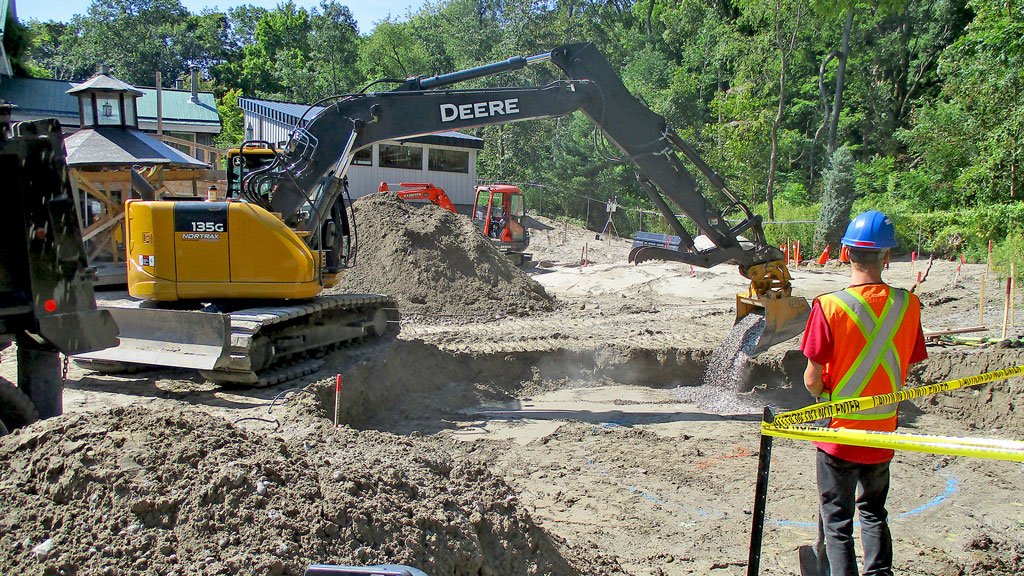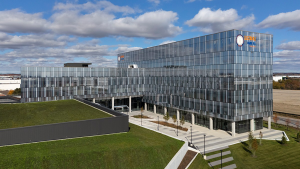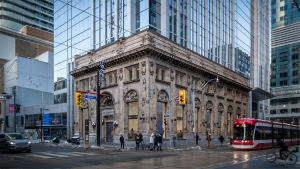Professional services company GHD has been selected as the contractor for the next phase of the Port Hope Area Initiative (PHAI), to remediate legacy low-level radioactive waste of affected properties for residential and road allowances.
Along with Bird Construction, its partner and project lead, the company received a notice to proceed with early work for a multi-year task order under the previously announced PHAI Master Construction Contract by Canadian Nuclear Laboratories (CNL).
One of Canada’s largest remediation projects, the multi-year initiative is being implemented by CNL on behalf of Atomic Energy of Canada Limited.
“There are a lot of properties that CNL has been investigating in Port Hope, identifying where the waste is. This project really represents the next phase as CNL scales up the effort to bring the project to a close,” said Paul Gallaway, GHD’s engineering manager for the PHAI activities, who described the project as fascinating and complicated.
The PHAI consists of the cleanup and long-term management of more than 1.2 million cubic metres of legacy low-level radioactive waste from more than 1,000 industrial, institutional and residential properties in Port Hope and Clarington.
The waste is the result of radium and uranium processing in Port Hope between 1933 and 1988 by the former Crown corporation Eldorado Nuclear Limited and its private-sector predecessors.
As the environment consultant for Bird Construction, GHD is responsible for site characterization, remediation and restoration design and field engineering services.
GHD’s involvement in the PHAI goes back over 20 years, explained Gallaway, adding past work included early characterization and delineation work and engineering support through the Environmental Assessment phase.
GHD’s current work includes the design for the engineered containment system and wastewater treatment plant at the long-term waste management facility and remediation designs for the Pine Street North Extension Consolidation Site, the Highland Drive Landfill and support for various other major sites.
“The major sites are nearly complete,” said Gallaway. “We’ve completed our design assignments for that…so we are looking forward to moving to the next phase with CNL and working on the residential sites program and their efforts to close that out.”
GHD decided to work with Bird Construction on the initiative as well as GIP and Nuvia Canada, a radiation protection consultant.
“We wanted to have a complete team that can do the management of the heavy construction work,” said Gallaway. “It was a good opportunity for us to bring…two other construction companies that aren’t currently involved in Port Hope that would bring some new capacity to help accelerate the work.”
Over the next few months the team will be getting ready for the spring in order to be able to meet CNL’s objectives for 2023.
“There are a number of steps that CNL is asking us to perform to ensure compliance with the Waste Nuclear Substance Licence…and also preparing to hit the field in the spring as soon as the frost melts and start on properties,” Gallaway said. “We have an aggressive schedule that we want to achieve in terms of the properties, so we’re starting that type of planning. CNL has identified the properties they would like us to work on next year…This is a five-year program.”
The small-scale sites program includes primarily residential properties and municipal road allowances.
“CNL’s strategy has been with the new contracts to split up the town into regions so they don’t have their contractors running into each other on the roadways. A single contractor then can control traffic flow through the neighbourhood and minimize disruptions,” said Gallaway.
“That’s certainly a big concern, is disrupting the public in Port Hope and making sure that we’re communicating with CNL our plans and that they are communicating to the public where we’re going to be and what the impacts might be.”
The project has established clean up criteria, taking into account the human health risk and environmental risk factors.
The first step is characterization and establishing where the waste is located. Next is delineating the limits of the waste, how far it extends.
“From that we complete a remediation action plan and the detailed design is how we communicate to the contracting team, how we communicate to CNL or to the municipality, if it’s a road allowance or the property owner, what the limits are and how we are going to complete the work on their property,” said Gallaway. “The remediation is the actual physical removal. There is a safe repository for this material established in Port Hope, the Port Hope Long-Term Waste Management Facility.
“We remediate the property, transport it through Port Hope and then the restoration comes in where we want to give people back their homes.”
Follow the author on Twitter @DCN_Angela.











Recent Comments